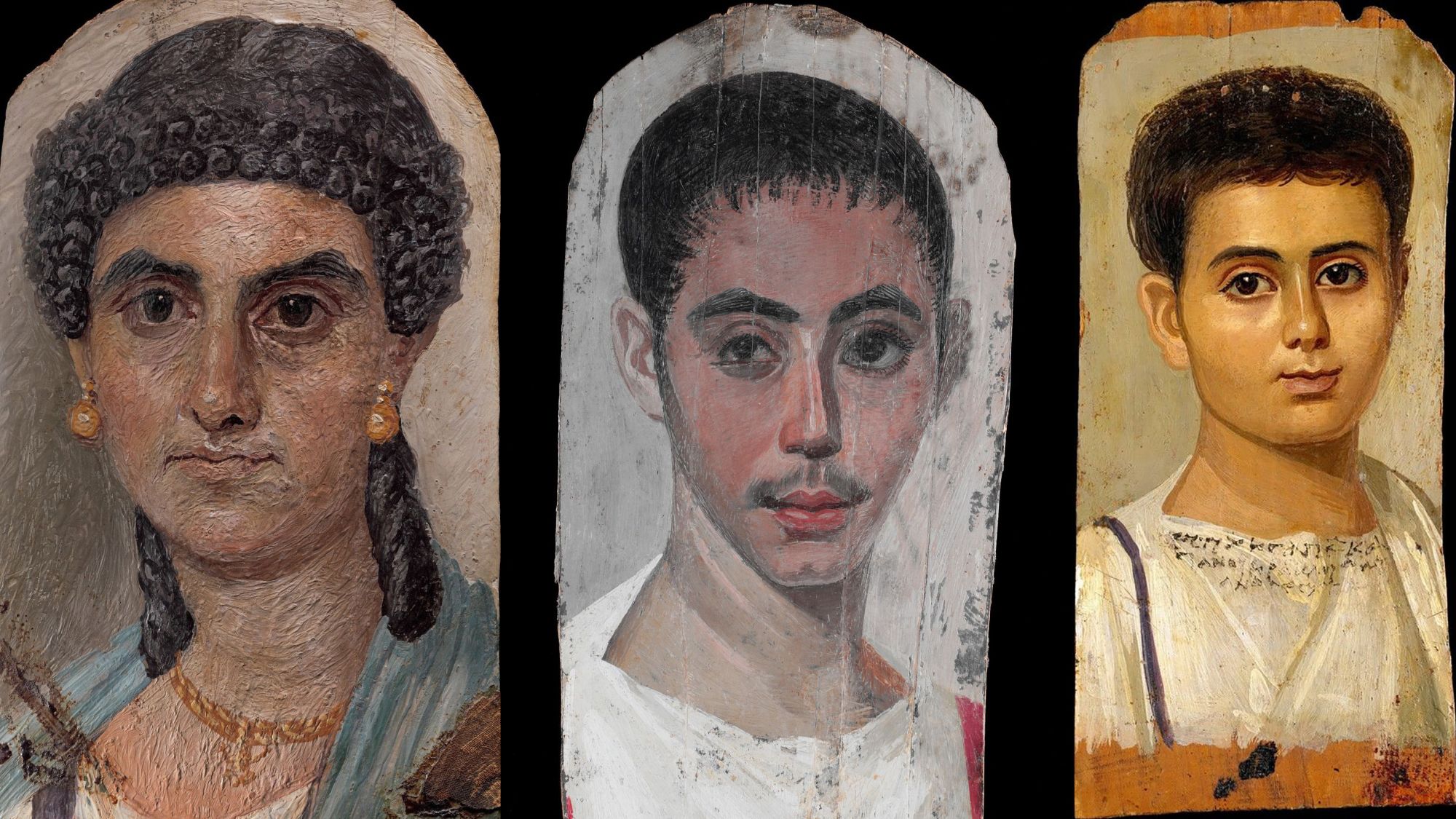Editor’s Note: This article was published in partnership with Artsy, the global platform for discovering and collecting art. The original article can be seen here.
While ancient Egyptian mummy portraits have long been objects of curiosity, only a minimal amount of scholarship exists about them. Many questions have lingered since they were uncovered by archeologists around the Egyptian city of Fayum in the late 1800s.
Who painted them? What pigments and substrates did the artists use, and where were these materials procured? Were the paintings made during the subject’s life or after death?
In 2003, the conservator Marie Svoboda made it her mission to unravel these mysteries. She’d recently joined the ranks of the Getty Museum in Los Angeles, and while the institution’s collection was rich and sprawling, a small group of 16 works caught her attention.
The detailed, wide-eyed faces in these paintings, known as mummy portraits, date back to 100 to 250 C.E. Each of them had originally been affixed to a mummy, shrouding the face of the dead.
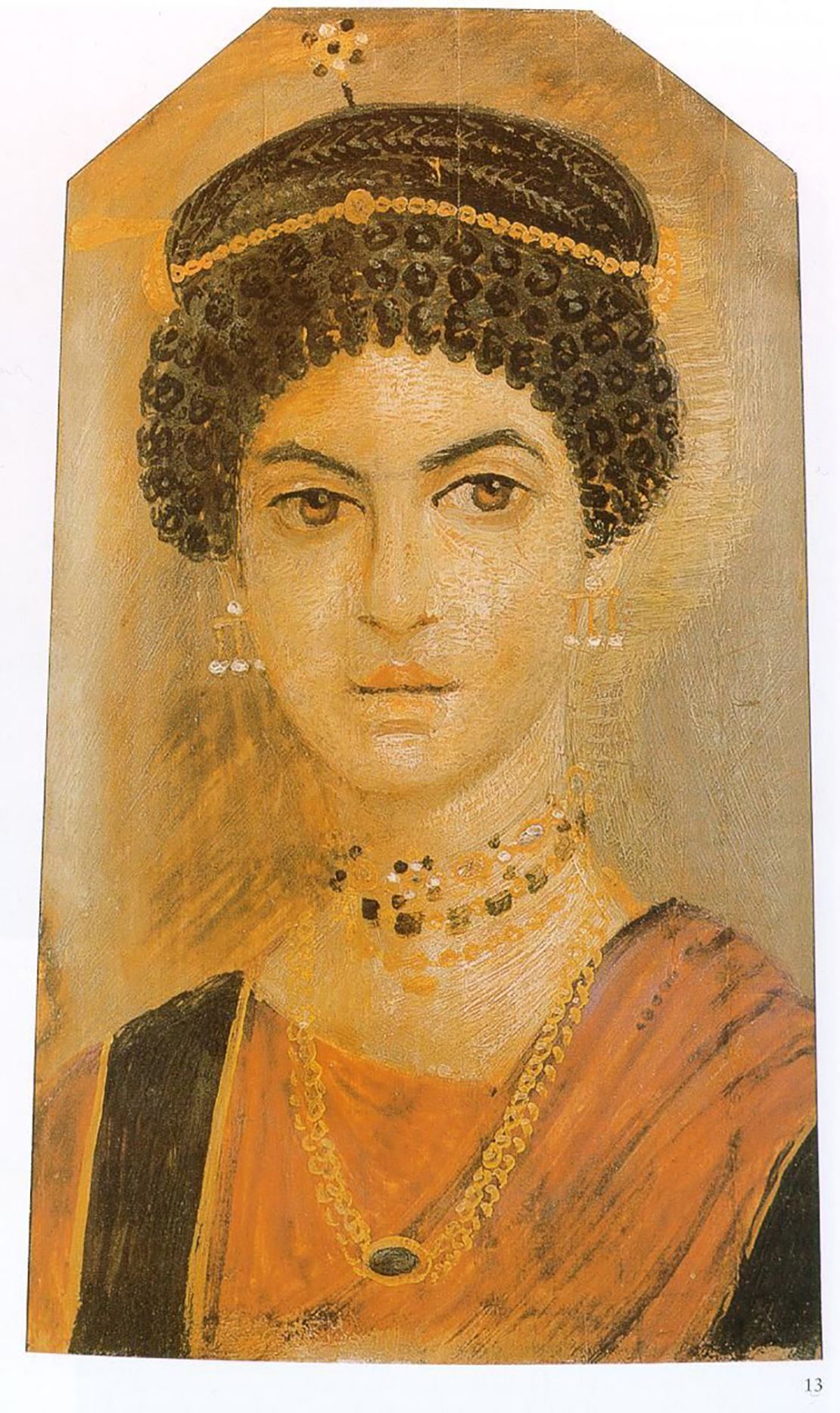
Svoboda knew that an examination of these portraits would reveal important information about a group of artworks considered precursors to the Western painting tradition. As far as scholars can tell, the mummy portraits are the first paintings that depict lifelike, highly individualized subjects and demonstrate a fusion of funerary and artistic traditions between the Greco-Roman and Classical worlds.
Svoboda also hoped that the answers to the many open questions surrounding the works would uncover facets of early Egyptian culture, especially in relation to the empire’s trade, economic, and social structure, whose details are still hazy.
But there are approximately 1,000 extant mummy portraits scattered across the globe, and for accurate answers, Svoboda needed information beyond what the Getty’s 16 works could provide. So Svoboda conceived of an international, multi-institution research project to cull data from a wider corpus of portraits and begin to untangle these questions.

She named it APPEAR, or Ancient Panel Paintings: Examination, Analysis, and Research. Since its official inception in 2013, 41 institutions have come on board to bring together information on around 285 paintings, almost a third of all known mummy portraits. Mysteries have begun to be solved, too, though many more have also been unearthed.
Before Svoboda founded APPEAR, mummy portraits had faced myriad scholarship hurdles. When excavations of Egyptian burial grounds and the subsequent trade of artifacts reached full throttle, in the late 1800s, the portraits were often ripped from the mummies they decorated.
“You don’t get the full context,” Marsha Hill, curator of Egyptian art at the Metropolitan Museum of Art, explained. “You’re playing with a very small deck when it comes to actual portraits paired with actual mummies.”
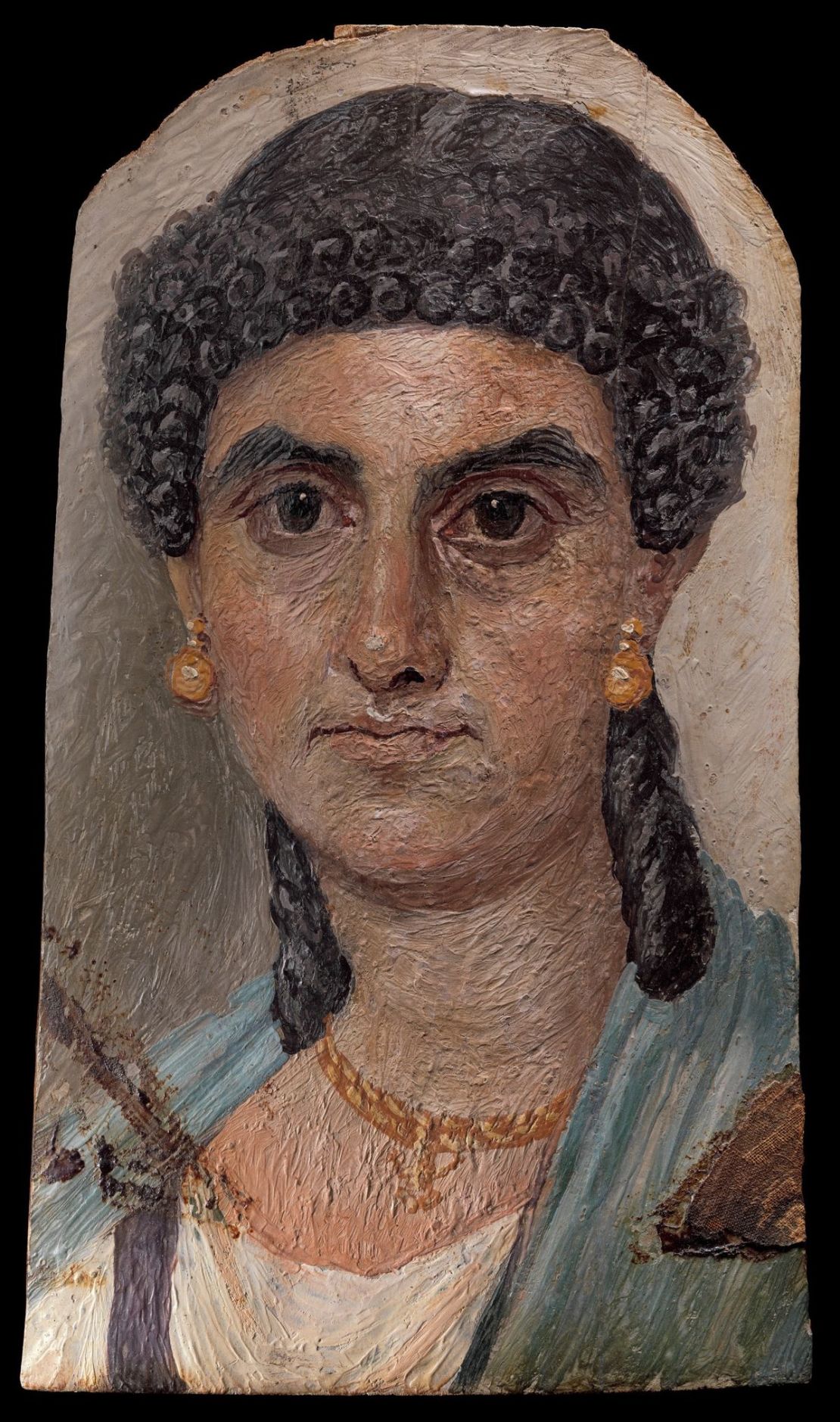
What’s more, the mummy paintings existed in scholarship limbo, falling somewhere between classifications of Roman and Egyptian art. They’d been made in a time of great cultural melding in Egypt, during the Roman occupation, and represent both Egyptian funerary traditions (mummification) and the Romans’ burgeoning experimentation with portraiture and painting techniques like encaustic – a painting method that entails melting beeswax and then adding colored pigments to it.
“When they entered collections in the 19th century, mummy portraits were viewed more as curiosities because no one really knew what to make of them,” Svoboda said. “They weren’t completely Egyptian and they weren’t completely Classical – they were both.”
APPEAR is addressing these challenges by bringing together an array of scholars, curators, scientists and conservators to research a large group of mummy portraits (a handful of which are still attached to their original mummies or bits of shroud).
To aggregate and easily compare information about these works, participating institutions upload details on each painting’s size, materials, inscriptions, tool marks, panel shape, decorative details and more to a single database.
The project kicked off at a key moment in conservation innovation, when new technologies allowing for less invasive analysis emerged. Ultraviolet illumination, infrared reflectography, radiography, and other imaging methods let conservators scan and characterize materials without having to extract samples from the delicate works.
“Before, you had to take a very large sample to identify the pigment or wood, and with these precious objects, you can’t really do that; most institutions won’t allow it,” explained Svoboda. “So these developments have been enormous in advancing the understanding of (the portraits).”
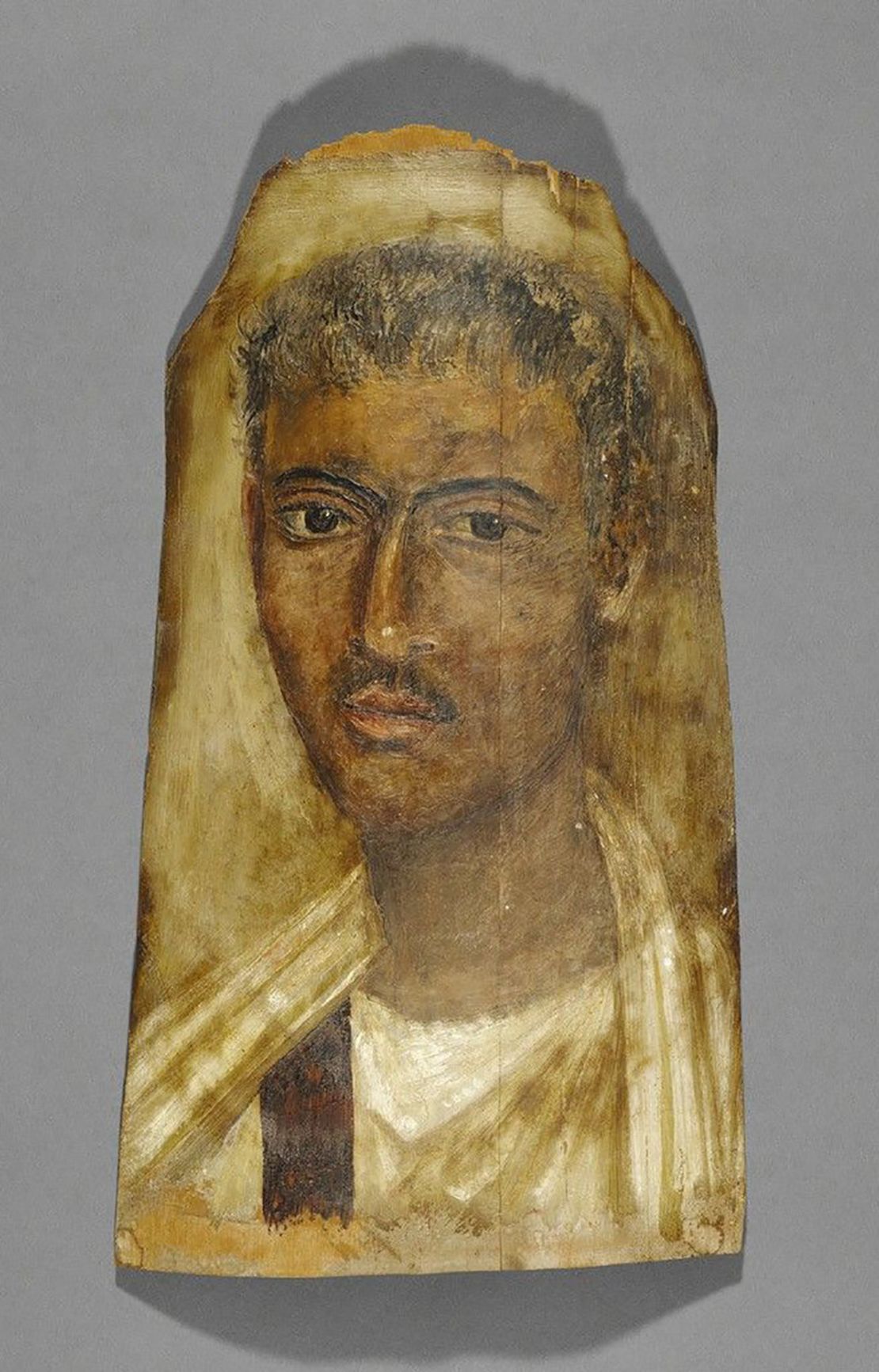
As museums continue to populate the APPEAR database with new research, Svoboda and her collaborators have begun to draw conclusions. Several point to the formalization of artistic workshops during the 1st and 3rd centuries C.E., when most mummy portraits were created. For instance, the skilled application of tempera and encaustic paint – sometimes both on a single panel – indicates a transference of technique from one artist to another in a studio setting.
Some scholars also hypothesize that varying panel shapes and sizes (some have rounded corners, while others are diagonal; some are thick, others thin) may denote the methods of a particular workshop or region.
Stylistic likenesses between portraits have also become clearer as data coalesces. Svoboda was especially excited to find that a mummy portrait housed in the Norton Simon Museum, just across town from the Getty, bears a striking resemblance to one in the latter’s collection. Similarities between the Norton Simon’s “Portrait of a Man” and the Getty’s “Mummy Portrait of a Bearded Man” include delicate brushstrokes used to render each subject’s curly hair, and how the folds of each man’s robes were modeled.
“Now, we’re trying to see if this could have been painted by the same artist, and if not the same artist, maybe the same workshop,” Svoboda said. “We were laughing at how these were painted 2,000 years ago in Egypt and they end up in another country 30 miles apart from each other. What story can we tell about that?”
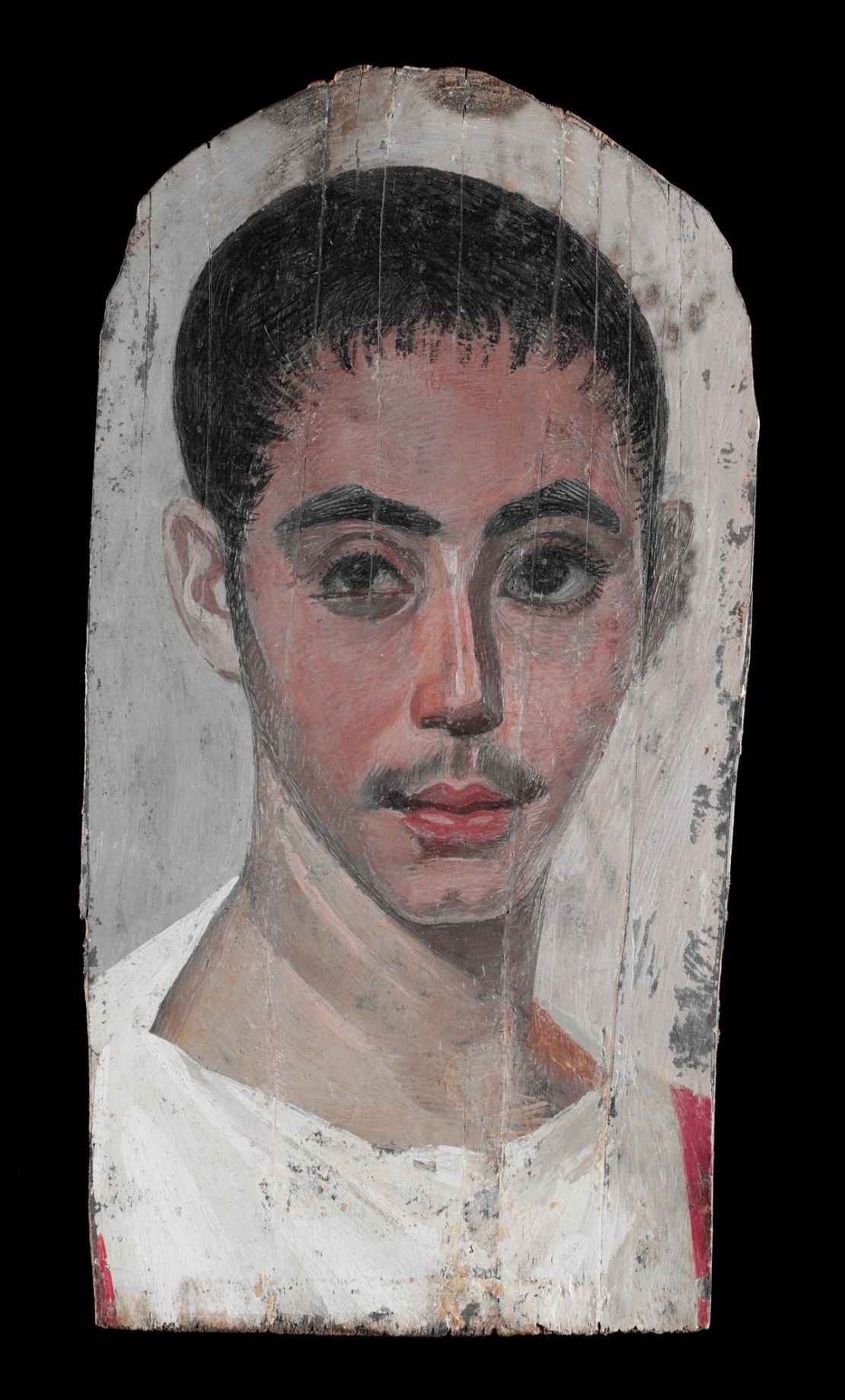
Tests exploring the material makeup of the portraits have been especially fruitful in helping identify the artists’ processes. Caroline Cartwright, a wood anatomist involved in APPEAR, identified that 75 percent of the panels she studied were painted on linden wood, which wasn’t native to Egypt.
Mummy painters, it seems, imported the material all the way from Northern Europe. A manufactured red pigment identified in the works was traced to southern Spain – an additional nod to the Egyptian empire’s far-flung trade.
Likewise, the pervasive use of indigo across the paintings potentially indicates that the deep-blue pigment was mass produced. Some conservators even noticed small fibers embedded in the dye, which suggests that it was recycled from Egypt’s textile industry.
An in-depth comparison of the materials used across the portraits has also unearthed details about their subjects and class structure in Egypt. Substances like gold leaf and encaustic would have been more expensive and required artisans of greater skill, so they were likely used for depictions of wealthier denizens, while more affordable tempera paint might have been employed for those with fewer means.
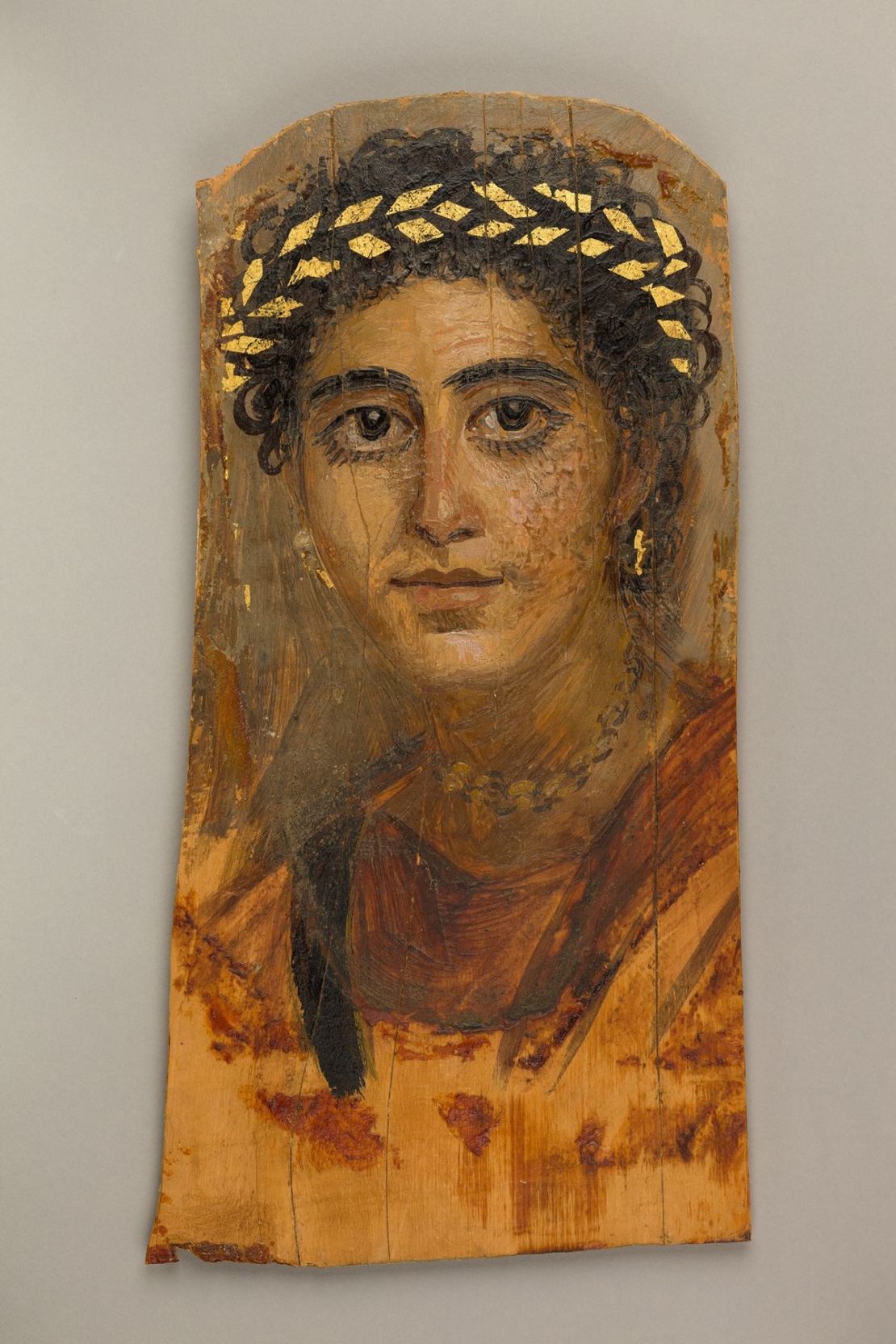
“Just to have a mummy portrait painted meant that you were of high social status,” said Svoboda. “But within that, we also see portraits painted on local wood or recycled wood, or maybe they’re not painted as well or they’re using inferior materials. So there is an economic range within that social status.”
Svoboda and the APPEAR team are also becoming clearer on a question that has dogged them for some time: Were the portraits painted during the subjects’ lifetimes or after their deaths?
In large part, they depict young people; most look to be in their twenties, thirties, and forties. Their large, exaggerated eyes suggest an effort by artists to capture someone very much alive rather than recently deceased. Yet CT scans used for studying mummies’ interiors reveal that the ages of the deceased mostly match the ages of the corresponding portraits.
These findings “also support the census of that time, where they describe that most people died young,” Svoboda explained, “because the lifespan was typically cut short due to infection or childbirth.”
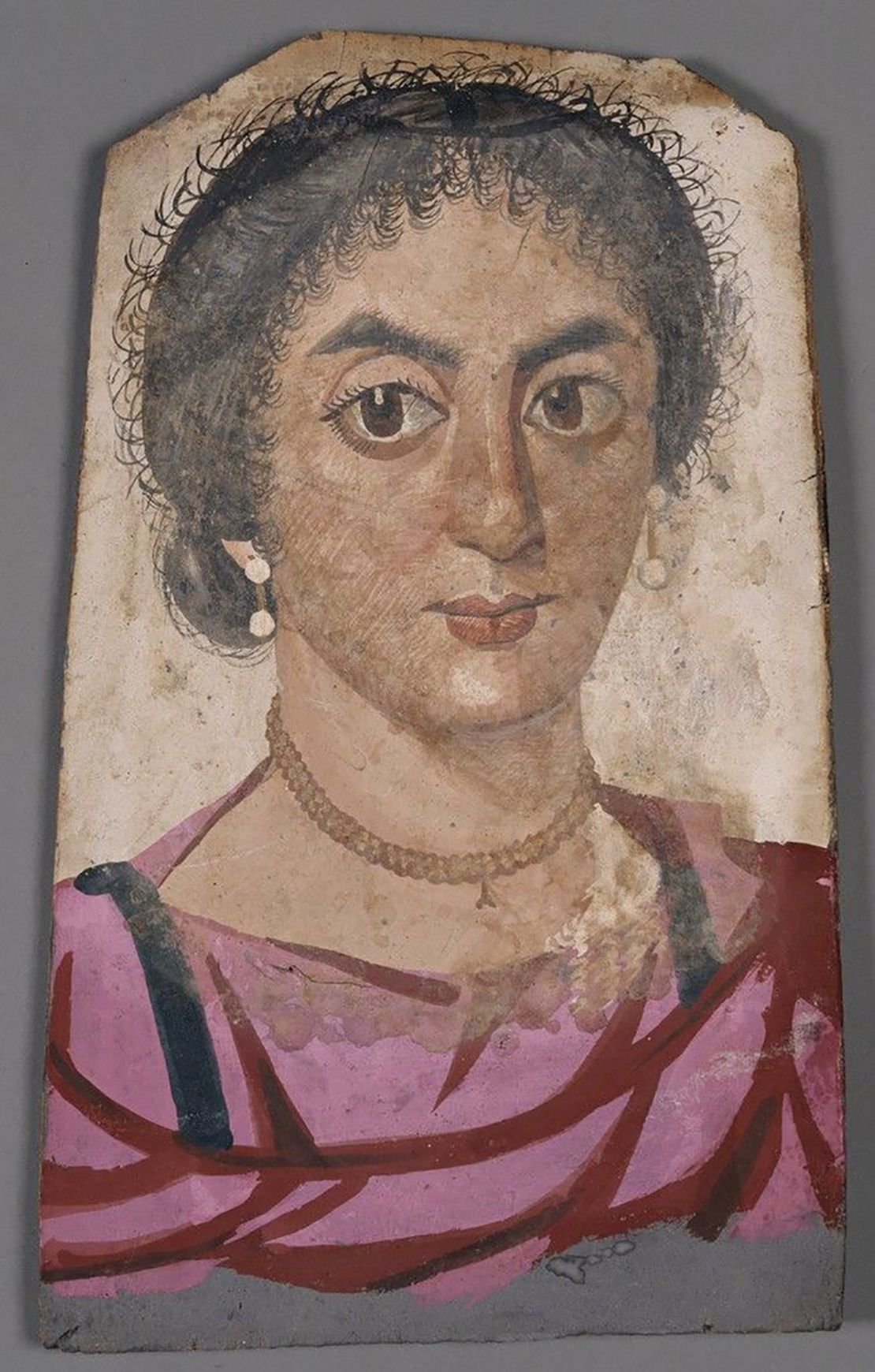
While APPEAR has begun to offer answers to some of the mysteries surrounding Egyptian mummy portraits, the organization is also cracking open new questions.
Svoboda hopes that when they reach what she describes as a “peak of data,” the APPEAR project will be able to solve unknowns such as whether men and women were painted using different methods or certain types of pigment, or whether parallels in materials and techniques across various portraits can help identify workshops and ancient artists.
As the project embarks on its sixth year, it seems there’s still much to discover. As Svoboda noted, “the more we look, the more we want to know.”
